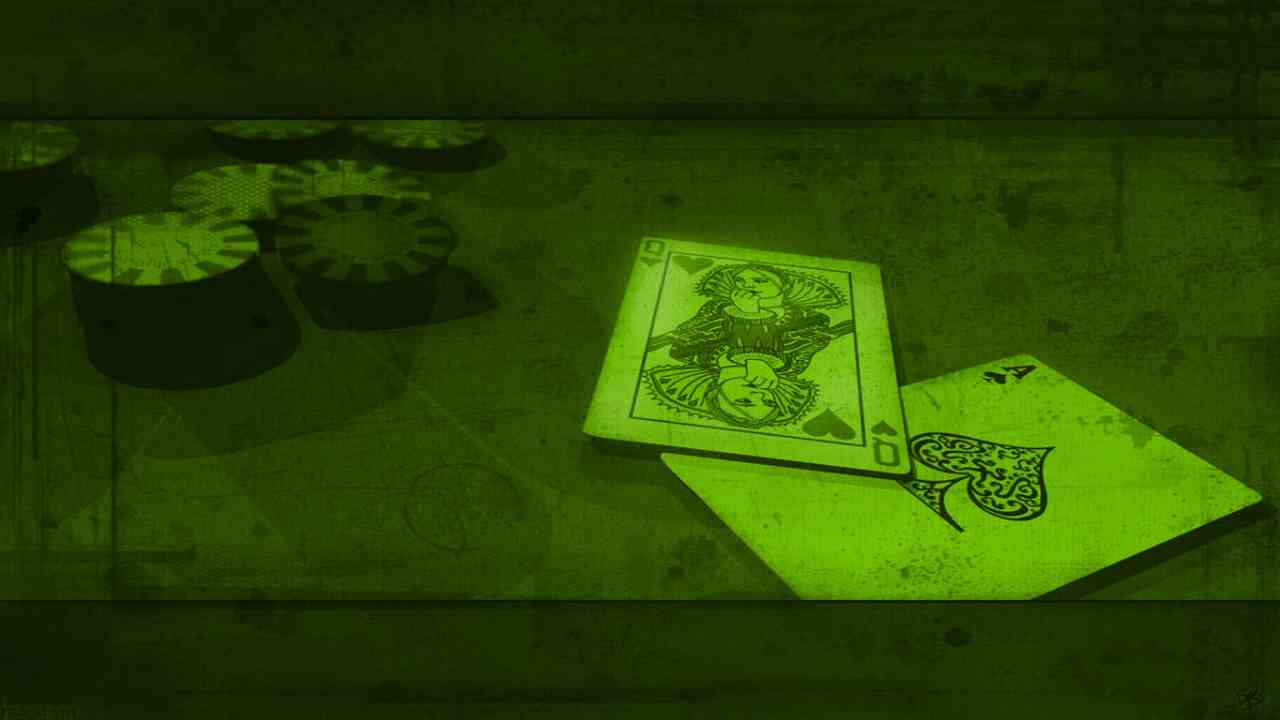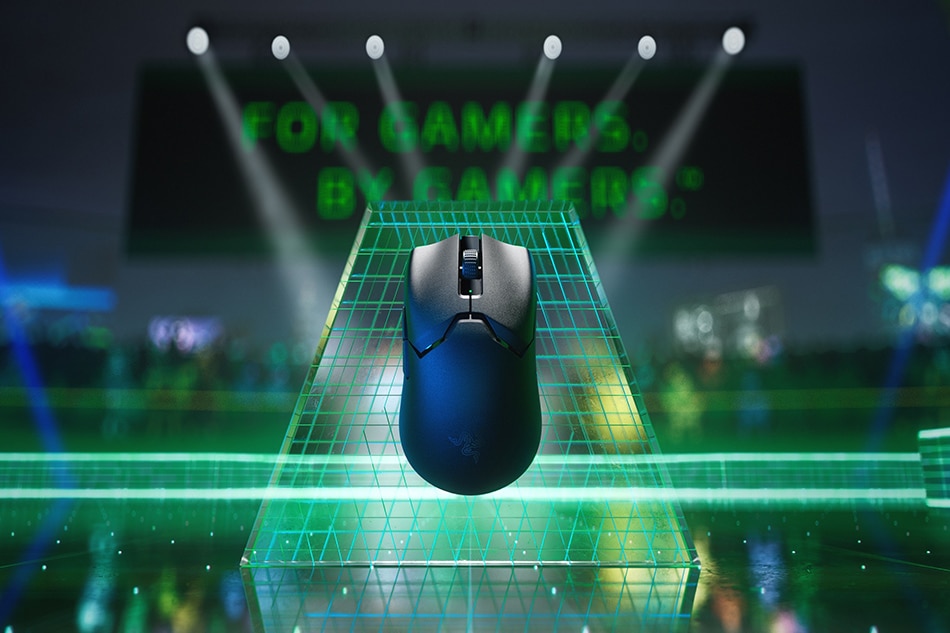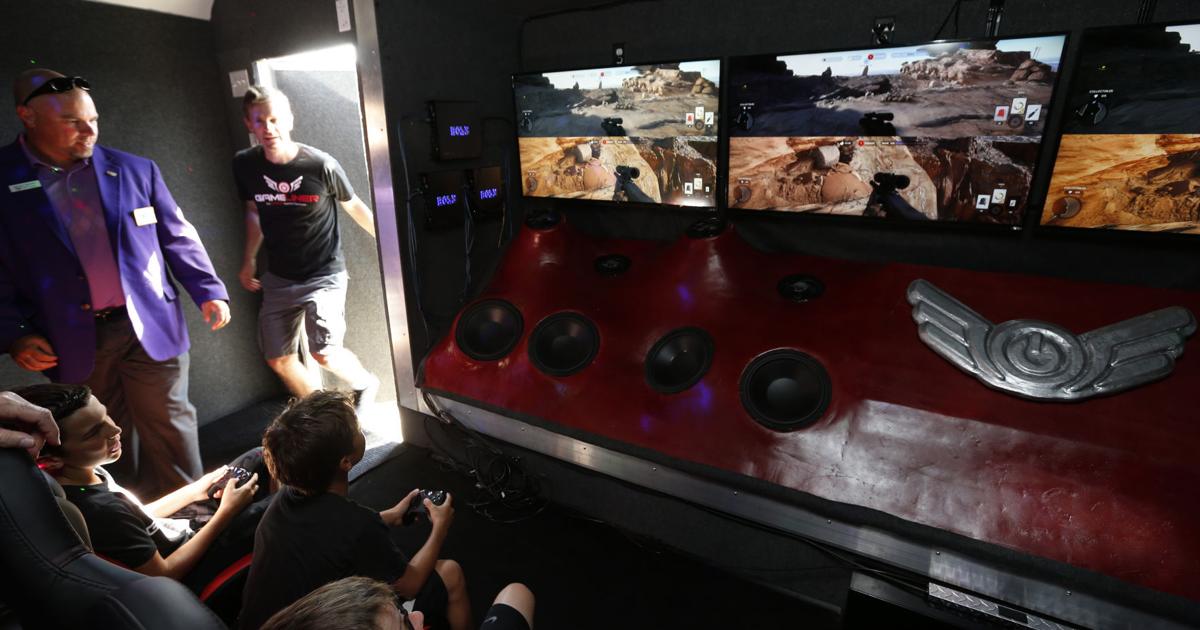Solitaire games are often played with spaces smaller than a table. Some require a larger play area. These games are usually played on the floor or on the bedspread. In order to play at large tables, miniature playing cards are readily available. They are generally smaller than regular playing cards. In the majority of the 247 solitaire games, one or more typical 52-card packs are used. Standard Solitaire uses a 52-card pack.
Difference between solitaire and mahjong:
Mahjong solitaire (also called Shanghai solitaire mahjong which is also known as electronic mahjong solitaire mahjong, more commonly mahjong) is a single-player matching game that uses mahjong tiles, not cards. It is played more often with the help of a computer than with a real table game.
Rules for playing the game of Mahjong:
Make sure to match the pair that will eliminate the biggest blockage of tiles.
Use your “cancel” button as many times as you want. It’s free!
Be sure to eliminate tall batteries first.
Make sure to match the tiles in horizontal lines as they are usually more difficult to remove.
Be aware of automatic warnings when stuck, however, be aware that they are not always the best option!
There are four tiles with the same design. If they are all free, you can withdraw them.
If you get stuck in one area, just go back to the calendar and try a different one. Sometimes it’s all about rekindling your spirit!
Objective of the solitaire game:
The initial objective of solitaire 247 is to let go and play in the position of certain cards to create each base, sequentially and according to suit, starting from the ace to the king. The end goal is to build the whole foundation on the foundation and if that can be achieved then if you win the Solitaire the game will be won.
Rank of solitaire cards
The order of cards in solitaire games is K (high) Q, J, 10 9, 8, 7 6, 5, 4 3, 2, 3, 2, (low).
The game has four types of solitaire stacks.
Table : Seven stacks that form the main component of the table. Foundations are four piers on which a sequence or combination must be built. In the majority of solitaire games, the four aces represent the lowest card, or the foundation of the foundations. Foundation piles are made of diamonds, hearts, spades, clubs, and hearts.
The “Main” or Stock (or “Main”) pile is the pile which is not displayed in a table at the start of the game, the remaining cards constitute the reserve pile, from which additional cards are added to play. according to the rules.
The Talon (or “Trash”) Pile The reserve is where cards from the pile that are not suitable for placing on the table or on the foundations are placed face down in the waste pile.
To create an image, seven stacks need to be built. Starting from the left side, place the first card face up to form the first stack. Deal one card face down to each of the six piles. Starting from left to right, place a card face up on the second stack, then deal a card face down on stacks three through seven.
Starting from the left, place a card face up in pile three and deal one face down on piles 4-7. Repeat this process until the seventh stack contains one card face up on top of a stack of six cards face down.
The remaining cards are part of the “stock” (or “hand”) pile and are placed above the tableau.
Initially, the garbage piles and foundations are not equipped with cards.
Solitaire configuration
Deal one card face up and six cards face down horizontally. For the next card, draw one face up and five face down cards each from two cards. Then place a single card face up in the third pile. Then deal four cards face down, one in each of the piles. Deal one card face up on the fourth pile and three cards face down on the other piles. Deal one card face up to the pile you are on and two cards that are face down one on each of the piles. Deal one card face up in the 6th pile and one unface card in the seven piles. Deal a card face up in the seven piles.
Solitaire game
The initial tableau could be changed via “build” – by transferring cards between cards that are face up in the tableau. Some cards in the tableau can be played simultaneously, while other cards are only played when specific blocking cards have been removed.
For example, out of the seven cards that are face up in the tableau, when one of them is a nine and the other is a ten, you can transfer the nine to one of the first ten piles to start building. stack in order. Once you’ve transferred to the stack with number nine, you’ve now removed a faceless card. the card can be turned over and played.
As you move cards around the tableau and start building sequences, if you find an ace, it should be placed on the foundation pile. Foundations are built by suit, then in order from ace to king.
Continue to add cards on top of each other in the tableau in order. If you can no longer transfer cards with faces You can use the stock pile by turning over the card that was played first. This card is playable in the foundation pile or the tableau piles. If you can’t use the table or foundation piles, move that card to the waste pile and pass another card to the supply pile.
If a space inside the table is created by eliminating cards elsewhere, it is called “space” “space”, and it is crucial when controlling the table. If there is a space, it is only filled by one of the kings. By filling a space using a king you can unlock one of the face down cards from another stack on the tableau.
Keep moving the cards around the tableau, then put them into play from the stock pile until all the cards are built in the correct patterns in the foundation piles to win!











